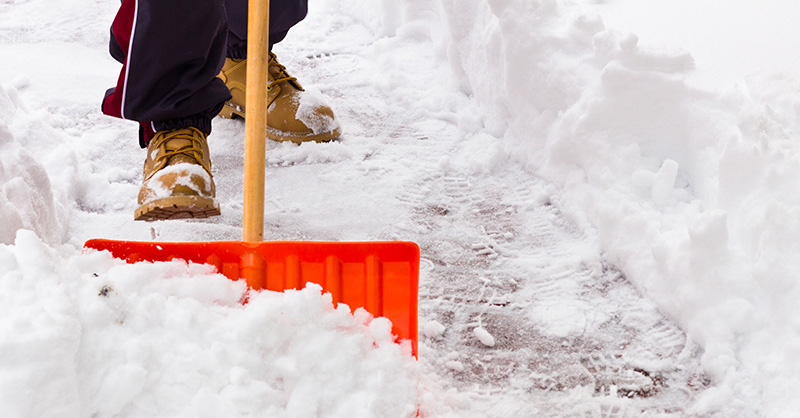How to Save Power at Home During COVID-19
April 09, 2020

We know our customers are spending more time at home right now because of COVID-19, and more time at home often means using more power. Read on to learn how you can offset your increased power use during this challenging time.
-
Saving power seems inconvenient – is it difficult to do?
No, it doesn’t have to be. Reducing your power use at home can be as simple as:
- Opening your blinds during the day to take advantage of natural light.
- Only running the dishwasher once it’s completely full of dishes.
- Using smaller appliances like a toaster instead of the oven whenever possible.
-
Having the kids home often means more meals, lights and screen time. Any tips to help with that?
This is a great time to teach your children good energy-saving habits. You can try:
- Reminding them to turn off ceiling fans, lights and appliances when they leave a room.
- Keeping their snack foods near the front of the fridge. That way they won't need to keep the fridge door open for too long.
- Using the power and sleep settings on computers, tablets and video game consoles.
-
How can I reduce my energy consumption using my large appliances?
Appliances account for almost 35% of the power you use in your home, so there are lots of ways to save, including:
- Always wash full loads of laundry. This will cut back on the number of times you run your washer and dryer.
- Refrigerators and freezers operate most efficiently when they’re full, but make sure not to overcrowd them. They need enough space between foods and containers for air to circulate freely.
- Avoid the temptation to open the oven while baking. An oven can lose up to 20% of its heat each time the door is opened.
-
Any tips to help with heating and cooling my home?
When thinking about how you heat and cool your home remember:
- For every degree (°C) that you lower your thermostat overnight, you can save up to 2% of your heating costs.
- Drafts are big power wasters. Weather strip and caulk around windows and doors to prevent air leaks and you can save about 10% of your yearly heating costs.
- Fans are a cheaper, more energy-efficient alternative to air conditioning to keep cool.
- Change or clean your furnace filter every 2 months during heating and air conditioning seasons. A dirty or clogged filter reduces the airflow and forces it to run longer to heat or cool your home.
-
Is there a way to get customized energy advice for my home?
Yes, check out our Online Energy Assessment tool for homes. This is a free, online service that provides tips for no-cost and low-cost actions that can save you money. You'll also receive customized information on efficiency upgrades and estimated savings on your bill.
Learn more:




